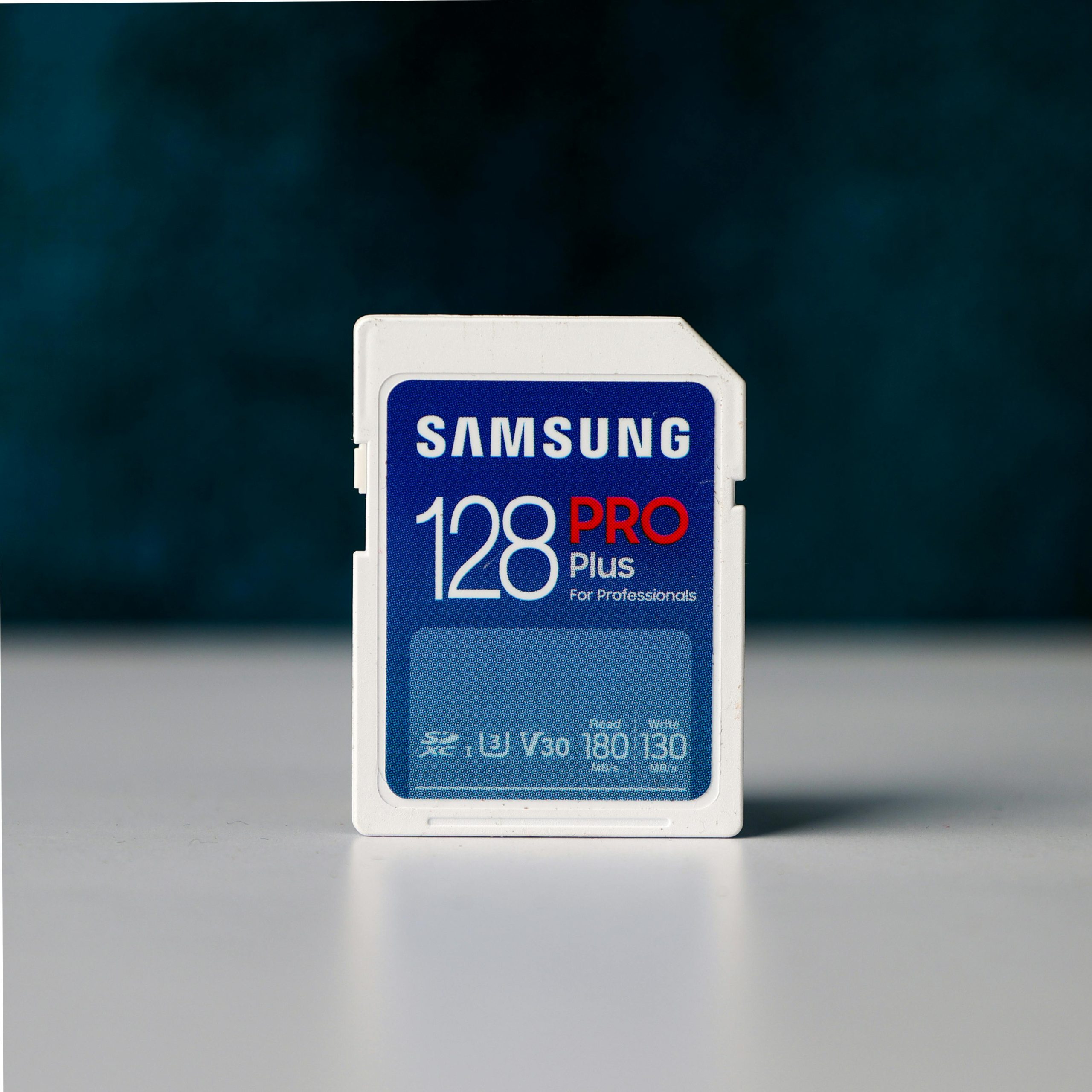A Candid Reflection on My Graphics Card Upgrade: The Reality of the 5090 Experience
If you’re a gaming enthusiast navigating the current graphics card landscape, you may find some comfort in my experience. Despite all the excitement surrounding the latest 5000 series graphics cards, my recent upgrade to a 5090 has left me feeling surprisingly underwhelmed.
The Journey to the 3090 Ti
A few years back, I made a significant investment in an EVGA 3090 Ti, which set me back around $1,600 during a sale. At the time, this felt like a monumental expense for me, but I justified it by my passion for gaming. Playing video games has become a major part of my daily routine, often matching or exceeding my work hours—usually around four hours a day, and sometimes over ten on my days off. Given this time commitment, I believed that spending a pretty penny on top-tier equipment was sensible.
Anticipation for the 5000 Series
With the impending release of the 5000 series, my excitement grew. However, as more information emerged, my enthusiasm quickly turned into disappointment. The dream upgrades I envisioned after purchasing the 3090 Ti suddenly felt out of reach.
Fast forward to a few months later; I found an opportunity to snag the Aorus Master Ice card at retail price—$3,000—from a reputable retailer. Fearing potential regret for not seizing the chance, I made the purchase.
Facing the Reality of Upgrading
Now, about a month later, I find myself preparing to return this latest card. Perhaps my expectations were too lofty, but I anticipated enjoying demanding games like the new Doom at 1440p on ultra settings, maintaining a steady 163 frames per second. I wanted a seamless experience in demanding titles like Expedition 33, without a hint of lag during critical moments.
Yet, my reality was starkly different. While the 5090 does perform better than my previous 3090 Ti, the anxieties of managing melting cables, the staggering 600-watt power draw, and performance hiccups with settings even slightly elevated left me questioning whether this upgrade was worth it. The enhancement to my gaming experience simply hasn’t been as profound as I had hoped—if at all.
A Broader Perspective
I recognize that my sentiments may resonate with others who are grappling with the reality of the current graphics card market. In a space rife with inflated
Share this content:




It sounds like your experience with the RTX 5090 has been quite frustrating, especially considering the high expectations versus the actual performance. When upgrading high-end graphics cards like the 5090, it’s important to ensure your system’s other components, especially the power supply and cooling solutions, are capable of supporting the new hardware reliably. The 600-watt power draw you mentioned indicates that your PSU should be rated for at least 750W or higher, ideally with a high-quality 80 Plus Gold or better certification for stability and efficiency.
Additionally, if you’re facing performance issues or stability concerns, consider the following troubleshooting steps:
If problems persist, reaching out to the GPU manufacturer’s support or visiting official forums can often provide tailored solutions or firmware updates that improve performance and stability. Remember, not all hardware upgrades guarantee a linear increase in performance or satisfaction—sometimes, system limitations or even software optimization issues can influence the user experience.